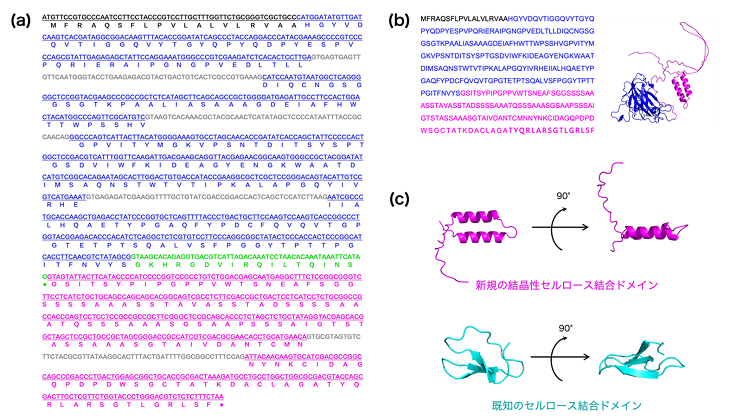2024-09-06 スイス連邦工科大学ローザンヌ校(EPFL)
<関連情報>
- https://actu.epfl.ch/news/an-unparalleled-map-of-the-brain-spinal-cord-conne/
- https://direct.mit.edu/imag/article/doi/10.1162/imag_a_00284/124091/Cerebro-spinal-somatotopic-organization-uncovered
機能的結合マッピングにより明らかになった脳脊髄体性同所性組織 Cerebro-spinal somatotopic organization uncovered through functional connectivity mapping
Caroline Landelle,Nawal Kinany,Benjamin De Leener,Nicholas D. Murphy,Ovidiu Lungu,Véronique Marchand-Pauvert,Dimitri Van De Ville,Julien Doyon
Imaging Neuroscience Published:September 05 2024
DOI:https://doi.org/10.1162/imag_a_00284
Abstract
Somatotopy, the topographical arrangement of sensorimotor pathways corresponding to distinct body parts, is a fundamental feature of the human central nervous system (CNS). Traditionally, investigations into brain and spinal cord somatotopy have been conducted independently, primarily utilizing body stimulations or movements. To date, however, no study has probed the somatotopic arrangement of cerebro-spinal functional connections in vivo in humans. In this study, we used simultaneous brain and cervical spinal cord functional magnetic resonance imaging (fMRI) to demonstrate how the coordinated activities of these two CNS levels at rest can reveal their shared somatotopy. Using functional connectivity analyses, we mapped preferential correlation patterns between each spinal cord segment and distinct brain regions, revealing a somatotopic gradient within the cortical sensorimotor network. We then validated this large-scale somatotopic organization through a complementary data-driven analysis, where we effectively identified spinal cord segments through the connectivity profiles of their voxels with the sensorimotor cortex. These findings underscore the potential of resting-state cerebro-spinal cord fMRI to probe the large-scale organization of the human sensorimotor system with minimal experimental burden, holding promise for gaining a more comprehensive understanding of normal and impaired somatosensory-motor functions.


